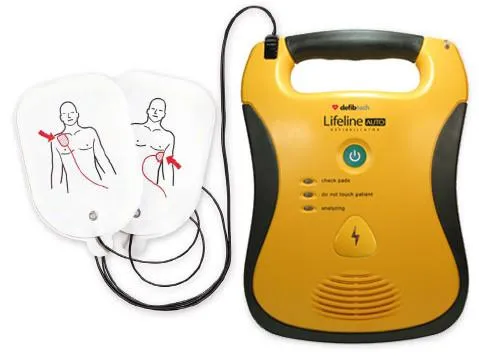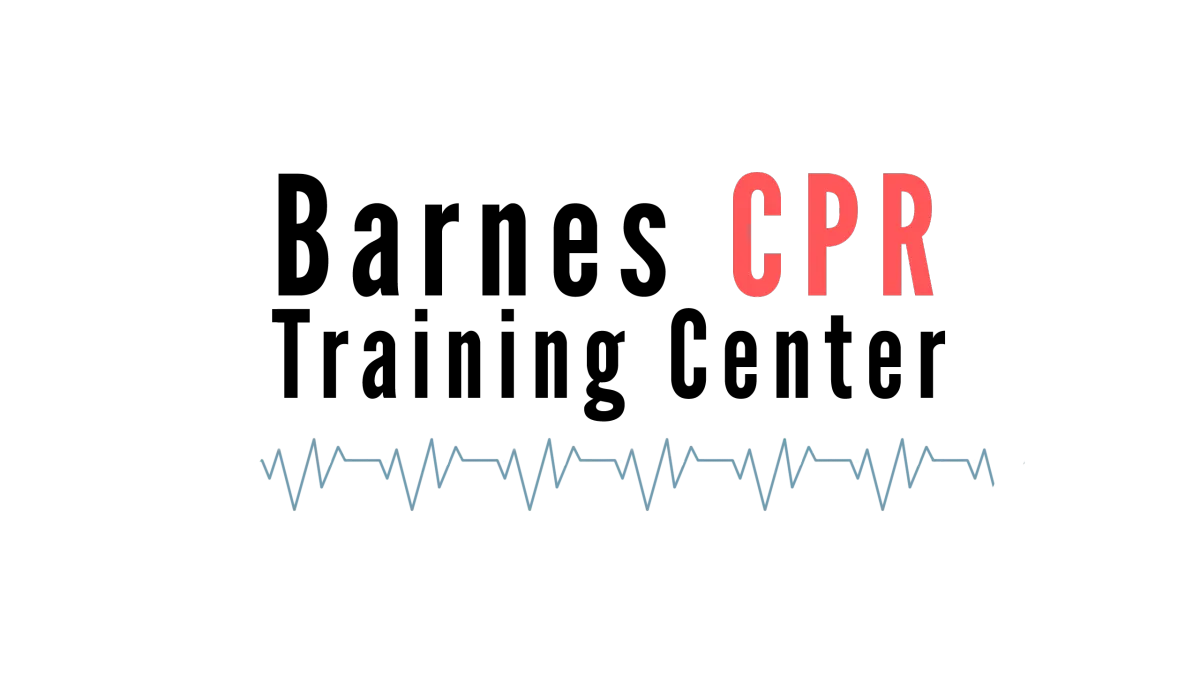AED TRAINING
Automated External Defibrillator

What is an AED?
AED stands for Automated External Defibrillator. It is a safe and easy to use device that delivers a therapeutic electric shock to the heart as treatment for a victim in Sudden Cardiac Arrest (SCA). AEDs are mobile and often found on the walls of public venues and corporations across America, much like a fire extinguisher.
Why Do We Use AEDs?
During SCA the heart stops suddenly and in 90 percent of the cases the heart goes into a fatal rhythm knows as ventricular fibrillation. The only treatment to correct ventricular fibrillation is to defibrillate by applying an electric shock to the heart. AEDs provide the public with access to defibrillators. They can be used on a victim of any age by people with no medical training. AED training is becoming more common in CPR & First Aid certification classes, CPR renewal classes as well as CPR instructor courses. AED training may even be a requirement when new CPR guidelines are released in 2015.
Brief History of AEDs
Claude Beck, professor at Case Western Reserve University, is considered by many to be the godfather of defibrillation. In 1947 he successfully used an electrical shock to restore a normal rhythm to the heart of a 14 year old boy.
Professor John Anderson, founder of HeartSine Technologies, is credited with creating the first portable defibrillator in 1966 in Belfast. While this unit was portable it was nothing like the AEDs we see today, as it weighed 110 pounds and was charged by a car battery.
It is unclear when exactly the first AED was invented, but it is suggested that Arch Diack, a surgeon out of Portland, Oregon, invented the first unit[ii]. Reports put 1980 as the probable year.
©2020 by Barnes CPR.
